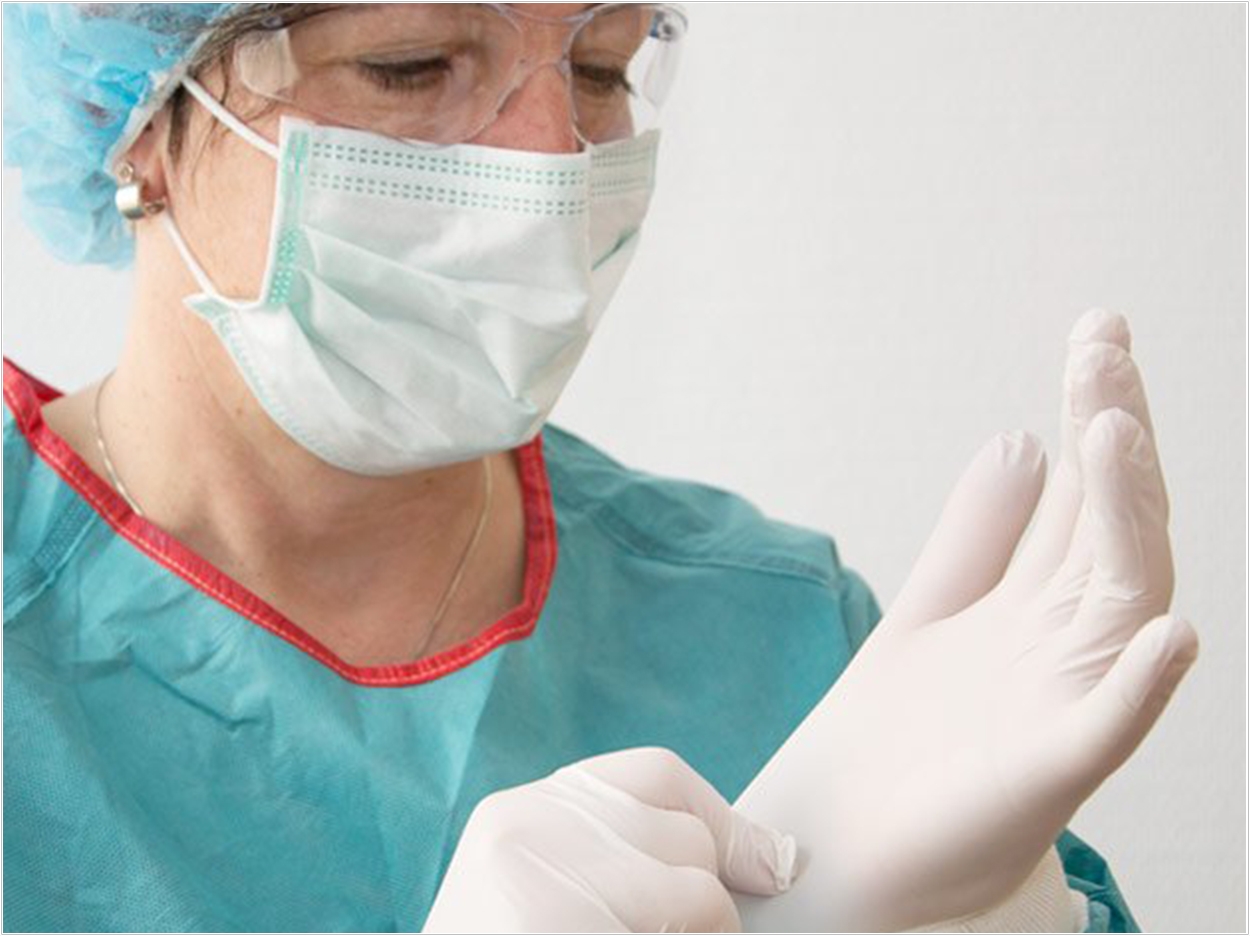
The Centers for Disease Control and Prevention (CDC) has updated its Interim Infection Prevention and Control Guidance for Dental Settings During the COVID-19 Response. The updates include:
- The description of the risk to dental health care personnel (DHCP) when providing emergency care during the COVID-19 pandemic.
- Recommendations for contacting patients prior to emergency dental care.
- Recommendations for providing emergency dental care to non-COVID-19 patients including engineering controls, work practices, and infection control considerations.
- Potential exposure guidance.
- Contingency and crisis planning.
According to the CDC, DHCP now refers to all paid and unpaid people serving in dental healthcare settings who have the potential for direct or indirect exposure to patients or infectious materials, including body substances; contaminated medical supplies, devices, and equipment; contaminated environmental surfaces; and contaminated air.
Next, the CDC says all patients who need emergency dental care should be triaged by telephone. Dentists should assess patients to determine if they need to be seen in the dental clinic. Teleconferencing or teledentistry options could be alternatives to office care. If treatment can be delayed, patients should receive detailed home care instructions and appropriate pharmaceuticals.
Patients who don’t have COVID-19 need emergency care in the clinic should be assessed when they check in. They should be asked about respiratory infection symptoms and history of travel to areas experiencing COVID-19 transmission or contact with possible COVID-19 patients. Care may be provided to patients with a temperature less than 100.4°F and otherwise lacking symptoms consistent with COVID-19.
Care must include appropriate engineering controls, work practices, and infection control considerations. For example, procedures that generate aerosols should be avoided whenever possible. Dental handpieces and air-water syringes should be avoided, and ultrasonic scalers are not recommended.
Minimally invasive and atraumatic restorative techniques should be prioritized with hand instruments only. If aerosol-generating procedures are necessary for emergency care, four-handed dentistry should be employed along with high-evacuation suction and dental dams to minimize droplet spatter and aerosols.
Even when patients are screened for respiratory infections, some patients may be later confirmed to have COVID-19. DHCP should then contact all patients who received emergency dental care in the clinic 48 hours after receiving care, asking if they are exhibiting any signs or symptoms of COVID-19. Patients who report signs or symptoms should be referred to their medical provider for assessment. DHCP also should follow the CDC’s Healthcare Personnel with Potential Exposure Guidance.
Finally, the CDC has developed strategies and options to optimize supplies of personal protective equipment (PPE). For example, a burn rate calculator enables practices to plan and optimize their PPE use. DHCP who may be at higher risk for severe illness from COVID-19 should be excluded from providing emergency dental care as well.
Related Articles
ADA Extends Closure Recommendation Through April 30
CDC Updates Guidance for Dental Treatment During the Pandemic
AAE Guidelines Separate Emergency and Non-Emergency Treatment












